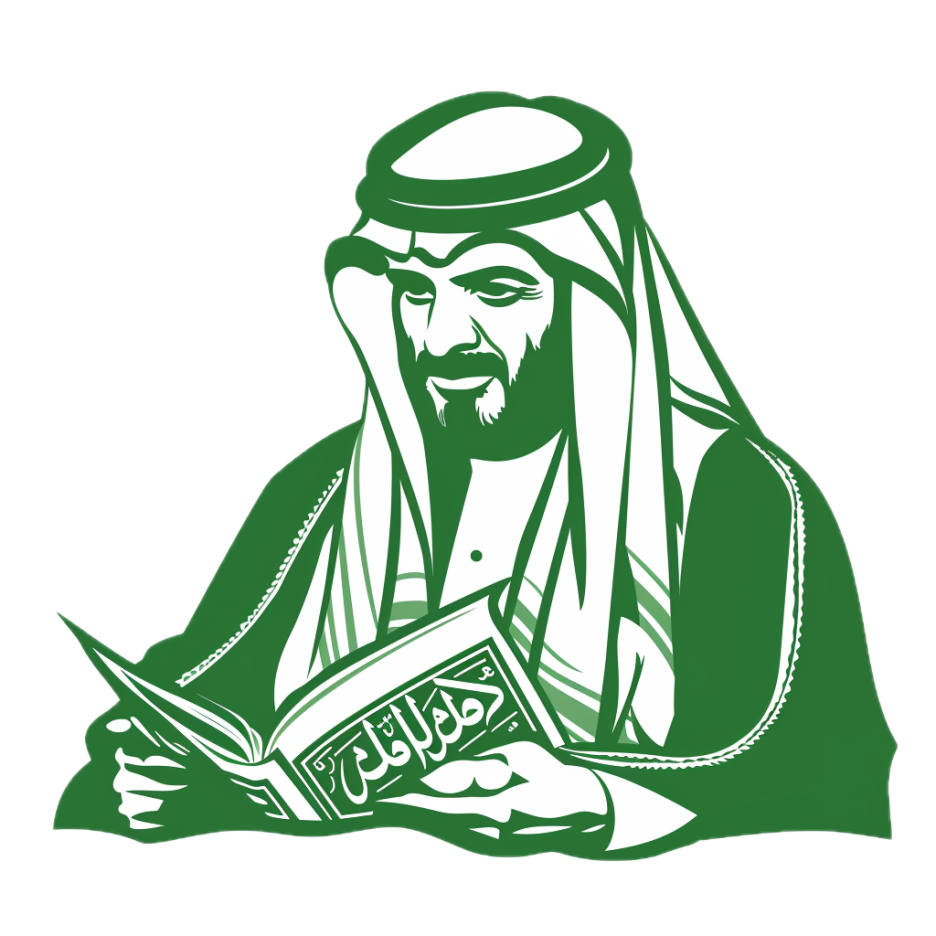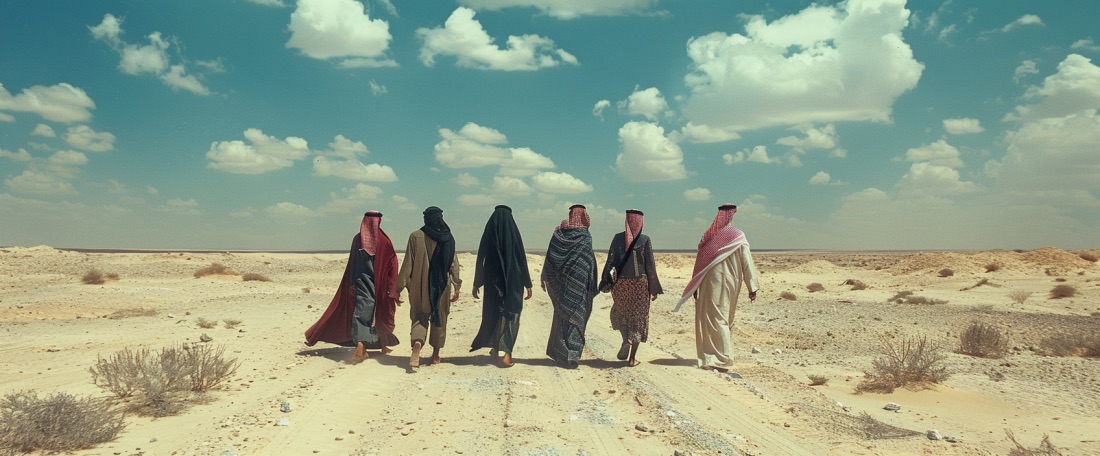Saudi Arabia’s International Reserve Assets Hit Record High of SR1.754 Trillion ($467.5 Billion) in June
In a remarkable milestone, Saudi Arabia’s international reserve assets soared to SR1.754 trillion ($467.5 billion) in June, marking the highest level in 19 months and a notable 5.54 percent increase year-on-year, as per the latest data.
Composition of Reserve Assets
The Saudi Central Bank, commonly known as SAMA, revealed that these reserve assets encompass monetary gold, special drawing rights, the International Monetary Fund’s reserve position, and foreign reserves.
International Currency Holdings Surge to SR1.66 Trillion
International currency holdings, including currency and deposits abroad as well as investments in foreign securities, comprised 95 percent of the total reserve assets, reaching SR1.66 trillion in June. This category also experienced a substantial 6 percent increase during the same period.
Robust Reserve Coverage Ratio
Saudi Arabia boasts one of the highest reserve coverage ratios among Fitch-rated sovereigns, standing at 16.5 months of current external payments, according to a report by the agency published in February. This ratio underscores the nation’s strong capacity to fulfill external financial obligations for an extended period, reflecting robust economic stability and prudent management of foreign exchange holdings.
Role of Special Drawing Rights (SDRs) and IMF Reserve Position
The data for June showcased that special drawing rights accounted for 4 percent of the total reserves at SR77.24 billion, registering a slight decline of 1.3 percent. SDRs, created by the IMF to supplement member countries’ official reserves, derive value from a basket of major currencies and play a crucial role in enhancing liquidity, stabilizing exchange rates, and facilitating international trade and financial stability.
The IMF reserve position, amounting to SR13.33 billion, saw an 11 percent decrease during the period. This category represents the funds a country can access from the IMF without any conditions.
SAMA’s Strategic Reserves Management
Established in 1952, SAMA has been overseeing foreign exchange reserves, with significant advancements in scale management since the 1970s. The central bank has refined its reserves management approach over the years, developing internal models to ascertain reserve adequacy and requirements, aligning with global best practices and tailored macroeconomic factors specific to Saudi Arabia. Regular back-testing of these models ensures their reliability.
Investment Objectives and Expertise
According to the Bank for International Settlements, SAMA pursues three primary investment objectives: preserving capital, maintaining liquidity, and achieving returns in line with the bank’s risk appetite. The central bank’s reserves management has evolved, with continuous accumulation of holdings and enhanced expertise in optimizing investment strategies.

